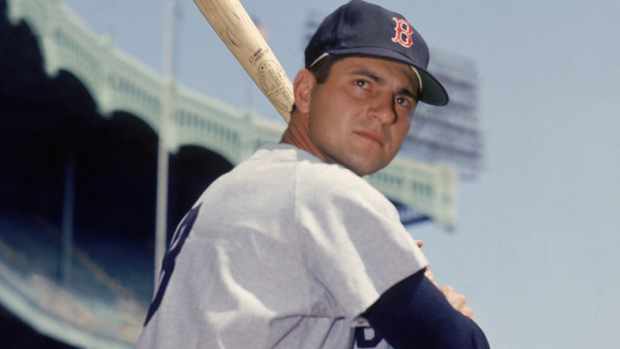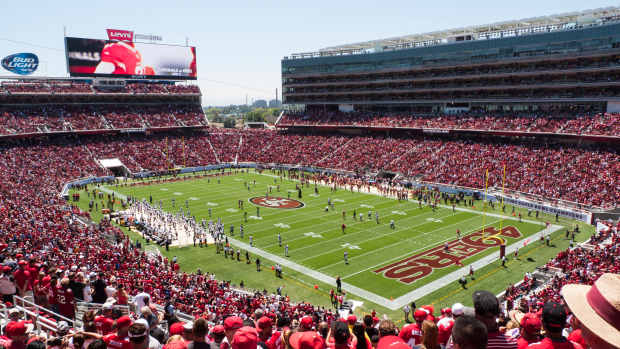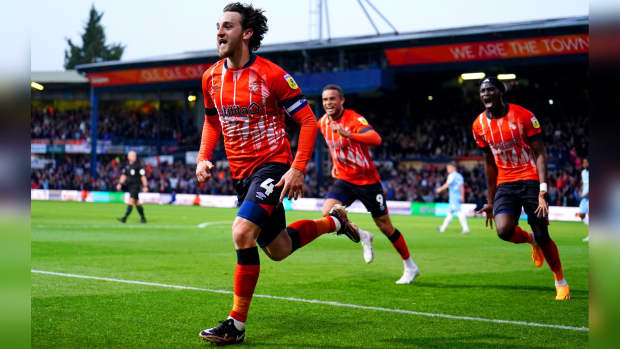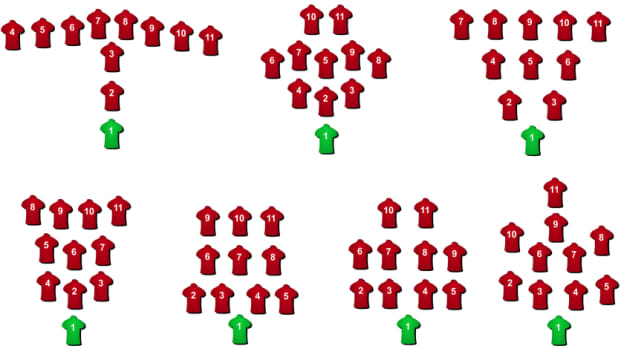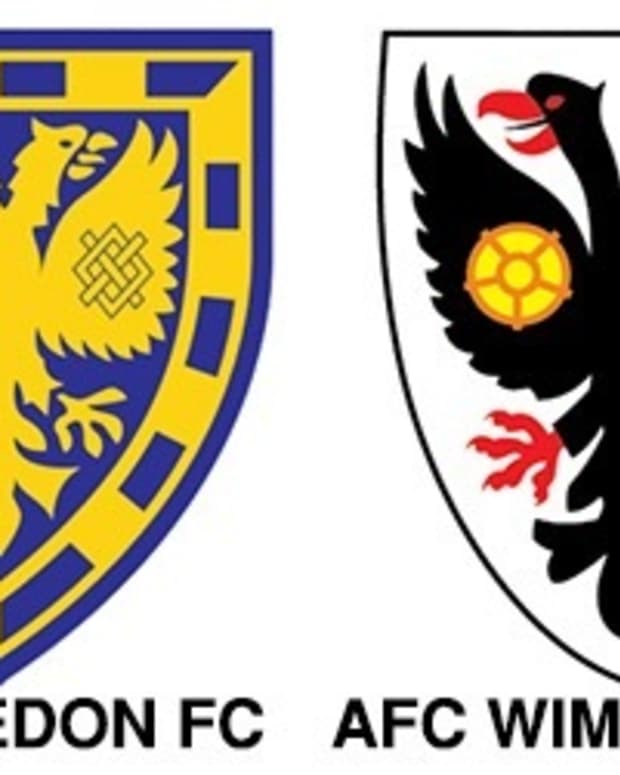Top 10 Popular Football Club Anthems: History, Culture, and Fanbase
The History Behind Football Chants
Football chants have a long and vibrant history. They have evolved alongside the sport itself since the 19th century. Here's a glimpse into the fascinating history of how football chants came to be.
- Early days (1880s–1920s): Song were inspired by music halls and folk songs. Early chants were simple war cries or adaptations of existing melodies.
- Filling the void (1920s–1960s): With the decline of brass bands, fans took over vocal support. Public announcement systems introduced singing along to pop music before matches.
- Youth culture boom (1960s–2000s): A wave of creativity emerged, incorporating pop music and slang into catchy chants.
- Today's chants: A mix of tradition and innovation. Fans hold onto historical chants while creating new ones to celebrate, mock rivals and connect on social media.
Let's look at the top 10 club anthems and chants in this article.
1. You'll Never Walk Alone - Liverpool FC
"You'll Never Walk Alone" was originally a show tune from the musical Carousel. In 1963, it was covered by Gerry and the Pacemakers. This song became a hit single, and it was adopted by Liverpool fans in the 1960s as a powerful symbol of solidarity and resilience. It's sung before every home game at Anfield, creating a spine-tingling atmosphere.
2. Glory Glory Man United - Manchester United
"Glory Glory" is a popular chant that originates from a hymn. While the origin is unknown, it is associated with the song "John Brown's Body", which was popular during the American Civil War. Many football teams have adopted the chant, and this includes Manchester United.
"Glory Glory Man United" was released by Manchester United in 1983 prior to the FA Cup. It's a stirring anthem that celebrates the club's history and success, sung with gusto to energize the team and fans, who are known for their loud and colorful support.
3. Hala Madrid y Nada Mas - Real Madrid
"Hala Madrid" is a battle cry for Real Madrid fans. It means "Let's go Madrid" or "Come on Madrid". Its origins are unclear, but it is believed that the phrase may come from Arabic It may also come from the French word Allez.
In 2014, the song "¡Hala Madrid!...y nada más" was released. The title means, "Come on Madrid!...and nothing more". It's a short, powerful and emblematic of the club's winning mentality. It's often sung spontaneously throughout matches to show unwavering support.
4. Heja BVB - Borussia Dortmund
The chant is based on a song by German singer Matthias Reim, which was adopted by Dortmund fans in the 1990s. This energetic chant is a key part of the "Yellow Wall", a section of the stadium known for its incredible atmosphere and passionate support.
Borussia Dortmund has one of the most passionate and organised fans in the world. They create a truly intimidating atmosphere for opposing teams.
Recommended
5. Dixie Dean - Everton FC
This iconic chant, named after Everton legend Dixie Dean, isn't your typical anthem. It's a call-and-respond chant that creates a powerful and rhythmic atmosphere at Goodison Park.
The chant originated in the 1930s and has evolved over time. Fans sing "Who's that coming up the road?", which is followed by a thunderous response of "Dixie Dean!"
This chant embodies the club's working-class roots and unwavering loyalty to its legends.
6. One Kiss - Liverpool FC
"One Kiss" is a song by Calvin Harris and Dua Lipa. The track became associated with Liverpool FC during the 2018 UEFA Champions League final; the club came up short against Real Madrid.
Since then, "One Kiss" is often played during Liverpool's trophy celebrations and sung by fans to show their support. It's not a historical anthem for Liverpool FC, but the fans have chosen a unique way to celebrate the team.
7. Cant del Barca - FC Barcelona
"Cant del Barca" was written by Josep M. Espinàs and Jaume Picas. The music was composed by Manuel Valls. The song was written in 1974 to celebrate FC Barcelona's 75th anniversary.
This majestic anthem captures the club's identity. It is inspired by Catalan culture and values, and it is sung with pride before games and during celebrations.
8. Inilah Barisan Kita - Malaysian National Team
As one of the chants done by the Malaysian national ultras, this chant captures the powerful symbol of unity. "Inilah Barisan Kita" translates to "This is our line", which is often sung mid-match as opposed to pre-match.
9. Abide With Me - FA Cup Final
"Abide with Me" is a hymn written by Henry Francis Lyte in 1847. The song has traditionally been sung by both sets of fans at the FA Cup Final. The first official use of the song occurred in 1927, although the hymn has been sung at the event since 1923.
The song adds a touch of class and tradition to the prestigious FA Cup. It's a moment of respect shared between rival fans. It represents the broader history and respect within English football culture.
10. Blue is the Colour - Chelsea FC
"Blue is the Colour" was released in 1972 to coincide with Chelsea FC's appearance in the League Cup Final. Despite losing the game to Stoke City, the song has remained popular among fans, and it is considered to be one of the most famous English football chants.
It's a short, catchy and unifying chant that is sung with pride throughout the match. Its popularity has led to the song being adapted for many other teams.
© 2024 Nigel Koay Talks Football



